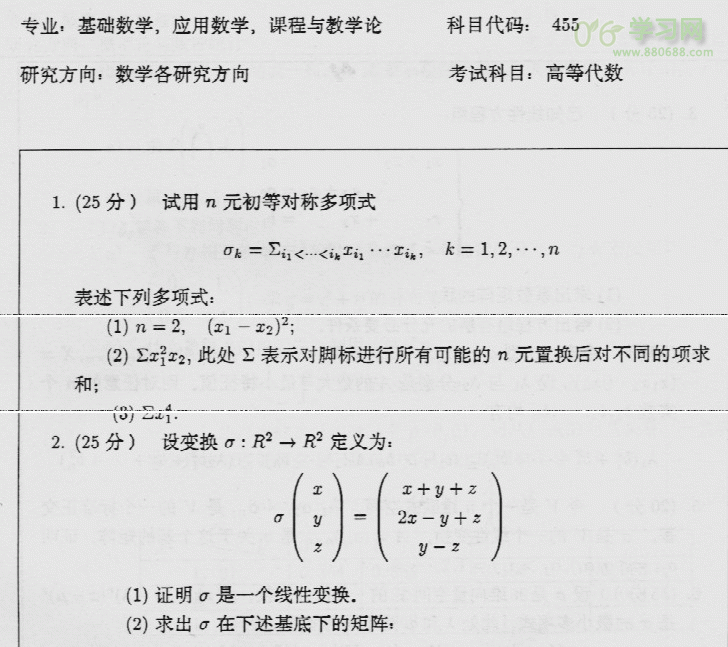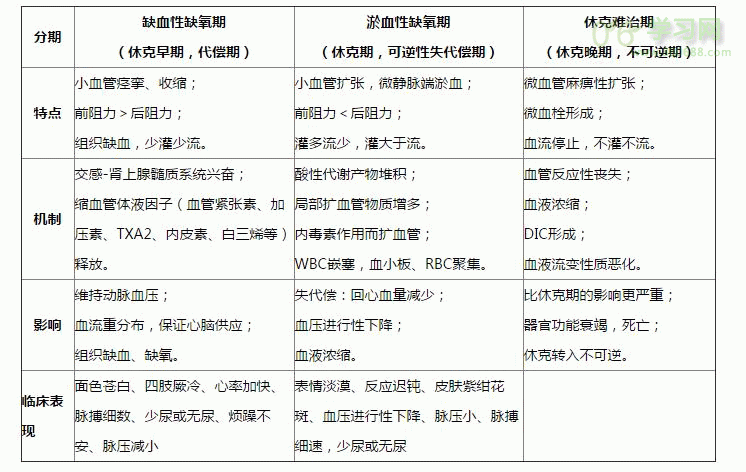杜明乾,张柱金,一生为奴txt
学生教材网的小编为您介绍2017考研英语阅读题模拟及答案的具体内容:
本文导航
1、首页2、 参考答案2017年研究生考试备考开始了,精品学习网为各位考生搜集整理了2017考研英语阅读题模拟及答案,本文和标题2017考研英语阅读题模拟及答案有很大关系,希望对大家有所帮助。
Up until a few decades ago, our visions of the future were largely - though by no means uniformly - glowingly positive. Science and technology would cure all the ills of humanity, leading to lives of fulfillment and opportunity for all.
Now utopia has grown unfashionable, as we have gained a deeper appreciation of the range of threats facing us, from asteroid strike to epidemic flu and to climate change. You might even be tempted to assume that humanity has little future to look forward to.
But such gloominess is misplaced. The fossil record shows that many species have endured for millions of years - so why shouldn't we? Take a broader look at our species' place in the universe, and it becomes clear that we have an excellent chance of surviving for tens, if not hundreds, of thousands of years. Look up Homo sapiens in the "Red List" of threatened species of the International Union for the Conversation of Nature (IUCN) ,and you will read: "Listed as Least Concern as the species is very widely distributed, adaptable, currently increasing, and there are no major threats resulting in an overall population decline."
So what does our deep future hold? A growing number of researchers and organizations are now thinking seriously about that question. For example, the Long Now Foundation has its flagship project a medical clock that is designed to still be marking time thousands of years hence.
Perhaps willfully, it may be easier to think about such lengthy timescales than about the more immediate future. The potential evolution of today's technology, and its social consequences, is dazzlingly complicated, and it's perhaps best left to science fiction writers and futurologists to explore the many possibilities we can envisage. That's one reason why we have launched Arc, a new publication dedicated to the near future.
But take a longer view and there is a surprising amount that we can say with considerable assurance. As so often, the past holds the key to the future: we have now identified enough of the long-term patterns shaping the history of the planet, and our species, to make evidence-based forecasts about the situations in which our descendants will find themselves.
This long perspective makes the pessimistic view of our prospects seem more likely to be a passing fad. To be sure, the future is not all rosy. But we are now knowledgeable enough to reduce many of the risks that threatened the existence of earlier humans, and to improve the lot of those to come.
31. Our vision of the future used to be inspired by
[A] our desire for lives of fulfillment
[B] our faith in science and technology
[C] our awareness of potential risks
[D] our belief in equal opportunity
32. The IUCN’s “Red List” suggest that human being are
[A] a sustained species
[B] a threaten to the environment
[C] the world’s dominant power
[D] a misplaced race
Text 3 (Now utopia)
31. B. our faith in science and technology
32. A. sustained species
33. D. our immediate future is hard to conceive
34. C. draw on our experience from the past
35. C. the ever-bright prospects of mankind
33. Which of the following is true according to Paragraph 5?
2017年考研英语阅读理解模拟题及答案
精品学习网根据历年考试经验,特地为广大考生整理了2017年考研英语阅读理解模拟题及答案,也希望各位的备考之路顺利畅通。
2017年考研英语阅读理解模拟题
研究生考试的相关内容大家是否了解呢?

 2017考研政治新大纲考试形式和试题结构
2017考研政治新大纲考试形式和试题结构 2017年考研病理学重点介绍
2017年考研病理学重点介绍 考研病理学重点2017年
考研病理学重点2017年 2017考研西病理学重点介绍
2017考研西病理学重点介绍